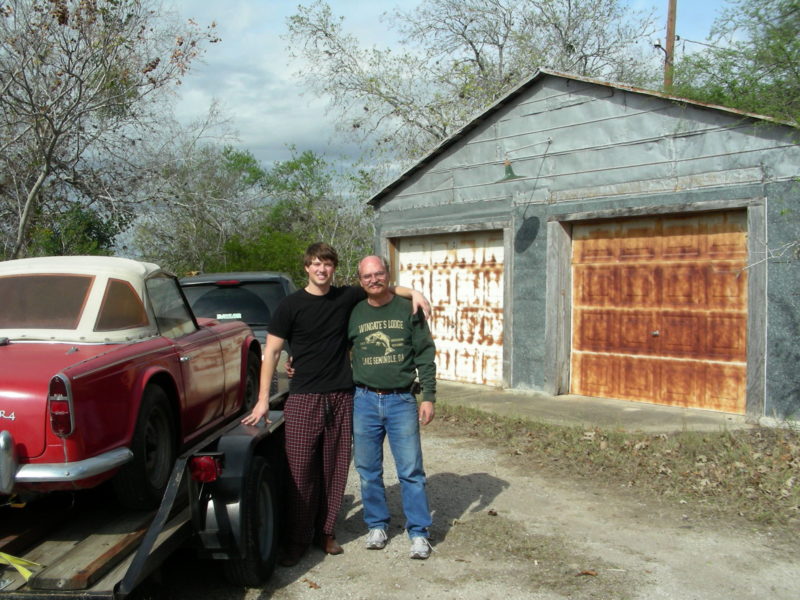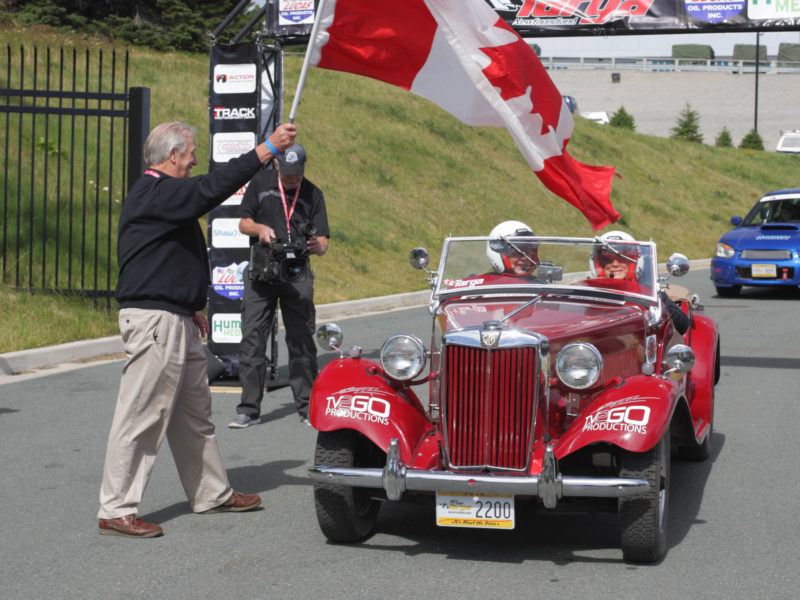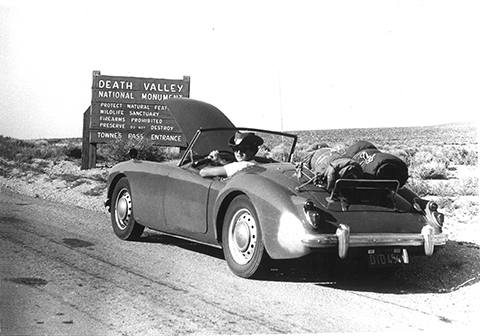English people rarely consider the signs outside pubs, mainly due to their rush to get inside! Yet, collectively, they provide an illustrated history of Britain. Few pubs were named by accident, and many names are almost as old as the pleasures of drinking itself.
Wine bars in ancient Rome hung bunches of grape leaves outside as trading signs. When the Romans invaded Britain, they found very few vines in what was to them an inhospitable climate, so they hung up bushes instead.
These were the earliest signs, and the names Bush and Bull & Bush still survive. Subsequently, landlords began to display pictorial signs as distinctive advertisements to the largely illiterate population of the day.
The first “proper” inns were opened by religious houses to cater for pilgrims or knights on their way to the Crusades in the Holy Land. Ye Olde Trip to Jerusalem, whose cellars are carved into the rocks beneath Nottingham Castle, is such an example. Established in 1189, it claims the title of the oldest pub in England and was a stopover point for forces on their way to meet with Richard the Lionheart. Other signs on this theme are the Turk’s Head, the Saracen’s Head, and the Lamb & Flag, the lamb being Christ and the flag the sign of the Crusaders.
Even after the dissolution of the monasteries in the 16th century, some of the names with religious connotations survived, such as the Mitre, the Ship (symbolizing the Ark), and the Anchor (the Christian faith). However, many landlords thought it politic to allow allegiances to the monarch, and hastily adopted titles like The King’s Head or The Crown. Henry VIII, who ordered the dissolution, is (surprisingly) the most popularly depicted monarch.
Heraldry has also been a recurrent theme. The Black, White, Red, and Golden Lions of ale-house fame have formed parts of the royal coats of arms since the time of the Norman Conquest. The Unicorn was found in the Scottish arms, the Red Dragon in the Welsh, and the White Horse in the Hanoverian. The Rising Sun was the badge of Edward III, and local gentry often had pubs on their land named after them in tribute.
Not only royally have been honored, and anyone who caught the public’s imagination was likely to be immortalized. Admiral Nelson and the Duke of Wellington are commemorated along with their famous victories, and lovable rogues like Dick Turpin the highwayman also get a mention. One of the most affectionate tributes is reserved for the Marquis of Granby, commander-in-chief of the British army who was beloved by his men. After the battle of Warburg, he bought pubs for all of his disabled noncommissioned officers. However, his generosity cost him, and when he died in 1770, he left crushing debts of £37,000!
Signs were important to advertise the entertainment on offer at the inn. Any pub called the Cock Inn or the Cockpit would be a venue for cockfighting. Ye Olde Fighting Cocks in St. Albans, which also claims to be the oldest pub in Britain, was originally the dovecote for St. Albans Abbey. After the dissolution, it became an inn called the Roundhouse. Its shape made it ideal for cockfighting, hence its present name.
Just to confuse things, any pub called the Cock & Bottle had nothing to do with sport—it simply denotes that draught and bottled beer are available on the premises! As to other entertainments, the Bear recalls bearbaiting, the Dog & Duck hunting, the Bull & Dog bullbaiting, and the Bird in Hand denoted falconry. Nowadays the more modern sports are represented by the Cricketer’s Arms, the Angler’s Rest, or the Huntsman.
Often the predominant trade of the area would give the pub its name. The Golden Fleece is not just a reference to the Greek legend, but a reflection of the local wool trade. The Coopers, Bricklayers, Saddled, or Masons Arms are all commonplace signs. Legend has it that the Smiths’ Arms in Dorset was once a blacksmith’s forge where Charles II stopped to have his horse shod. While he was waiting, the king demanded a beer but was told the smithy was not licensed to serve him. Exercising his royal prerogative, he granted a license on the spot and was duly served!
In the 18th century, the population became more mobile and a need for coaching inns grew with names like The Coach St. Horses and the Groom. The advent of steam gave every town the obligatory Railway Tavern or Station Arms. In Stony Stratford, Buckinghamshire, the London stagecoach changed horses at The Bull and the Birmingham coach at The Cock Inn. The passengers from the respective coaches would swap stories while waiting for the change, and it is from this that the phrase “a cock-and-bull story” is said to have originated.
Plenty of cock-and-bull stories and local legends have found their way into pub signs. Take for example the Drunken Duck at Burgates. The landlady is said to have found all of her ducks dead in the yard one morning. Unaccustomed to waste, she plucked them ready for cooking. As she finished, the ducks began to revive and a search of the yard revealed a leaking barrel surrounded by webbed footprints. It is said the lady was so contrite she knitted all the ducks little jackets until their feathers grew back!
Alternatively, there was the Flying Monk of Malmesbury, who claimed his faith was so strong it would enable him to fly. He jumped off the top of the local abbey and…well, the pub sign was a nice memorial!
Almost every pub name has a story behind it, and together they chart the social history of England. However, one thing is most puzzling. Not even painstaking research has unearthed the reason why our local pub is called the Frog & Rhubarb.







'What’s Your Pub Called?' has no comments
Be the first to comment this post!